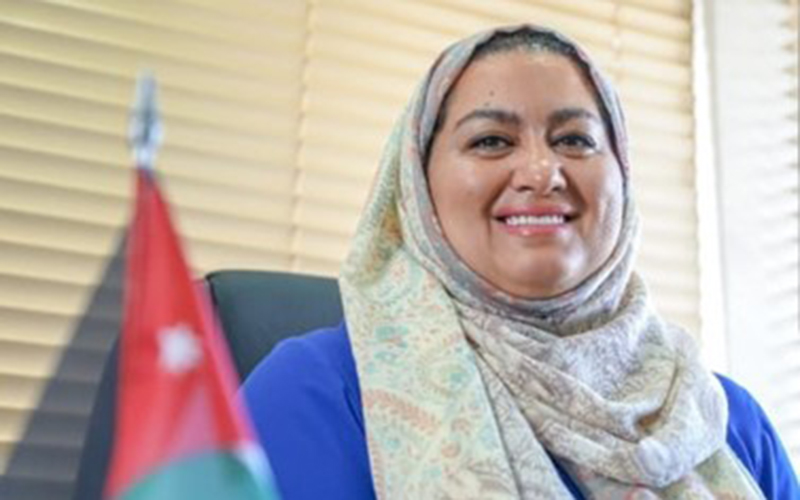Jordan is currently seeking comment from its private sector in relation to its proposed Models and Designs Law, which is being amended in preparation for Jordan’s sign up to the Hague Agreement (concerning filing international applications of industrial designs).
The Hague Agreement is a system for international registration of industrial designs. By using the system, an applicant can file one application at a central location, which will be given effect in each Member State of the Agreement. The application is filed with the World Intellectual Property Office (WIPO), and is examined to determine compliance with the formal requirements.
Once formal requirements have been met, the application is uploaded to the International Register. Member States use the publication to perform a substantive examination, and to determine compliance with local filing practices. Objections are communicated to the Applicant, via WIPO, for further prosecution. Once satisfactory, the design is granted in the Member State as if it had been filed as a normal convention application.
In order to access the system an Applicant must be a national, or be domiciled in, or have a commercial connection, or be habitually resident in a Member State. Along with providing its nationals and businesses the ability to access the Hague Agreement design filing system, a Member State will also be responsible for examining incoming applications. As Jordan has shown an intention to become such a Member State, it has proposed several amendments to its Drawings and Design law to bring it in line with international standards for industrial design laws.
Some of the more notable amendments include the following;
- Article 3 has been edited to allow for electronic filing for design applications, while Article 4 has been amended to include the registration requirements of novelty and originality for a design to be in accordance with the TRIPS agreement.
- Article 8 provides the Registrar the ability to refuse priority of a design application, if certain conditions are not met.
- Article 9 simplifies the examination process, to bring it in accordance with a proposal made by WIPO.
- A new Article 11 has been added to better define the scope of protection the holder of a design registration may expect in Jordan.
- Article 12, previously Article 11, has amended the period of protection for a design registration in Jordan which was previously for 15 years, to be in accordance with the periods set out under the Agreement. The Agreement provides for an initial period of 5 years, which is renewable in increments of 5 year periods.
- Article 18, previously Article 17, has been amended to include penal sanctions for those who infringe another’s design.
- Article 19 is a new Article setting out that that Jordanian design laws will take precedence over conflicting international laws.
- Articles 20 to 27 have been added to deal with the processing of international applications for design registrations.
Mrs. Zain Al-Awamleh, the Director of the Industrial Property Protection Directorate in Jordan, commented that these changes sit “within the development and modernisation plans of the Directorate as it seeks to review legislation related to industrial property, including the Industrial Designs and Models Law. These changes are intended to keep pace with the international agreements managed by WIPO and to ensure the presence of Jordan on this map, and to contribute towards attracting foreign investments, a motivating factor for the Jordanian creator and designer. We launched these consultations to mark the importance of partnership with the private sector and external partners and as an approach to distinguished government management”.
